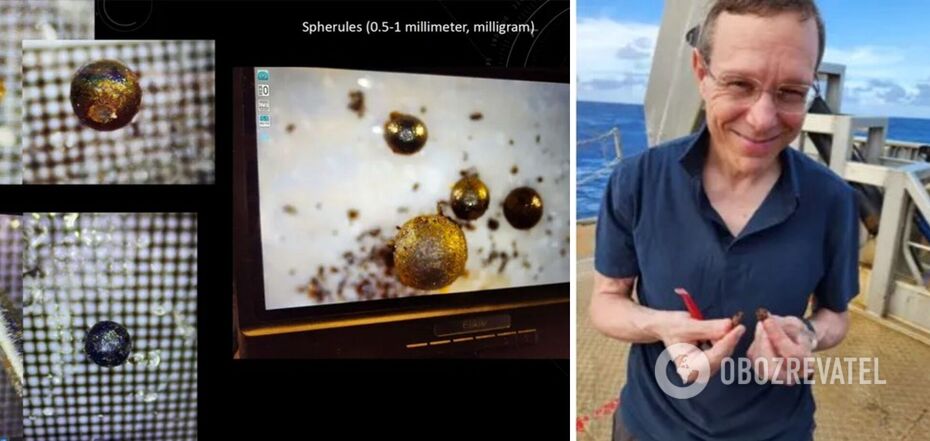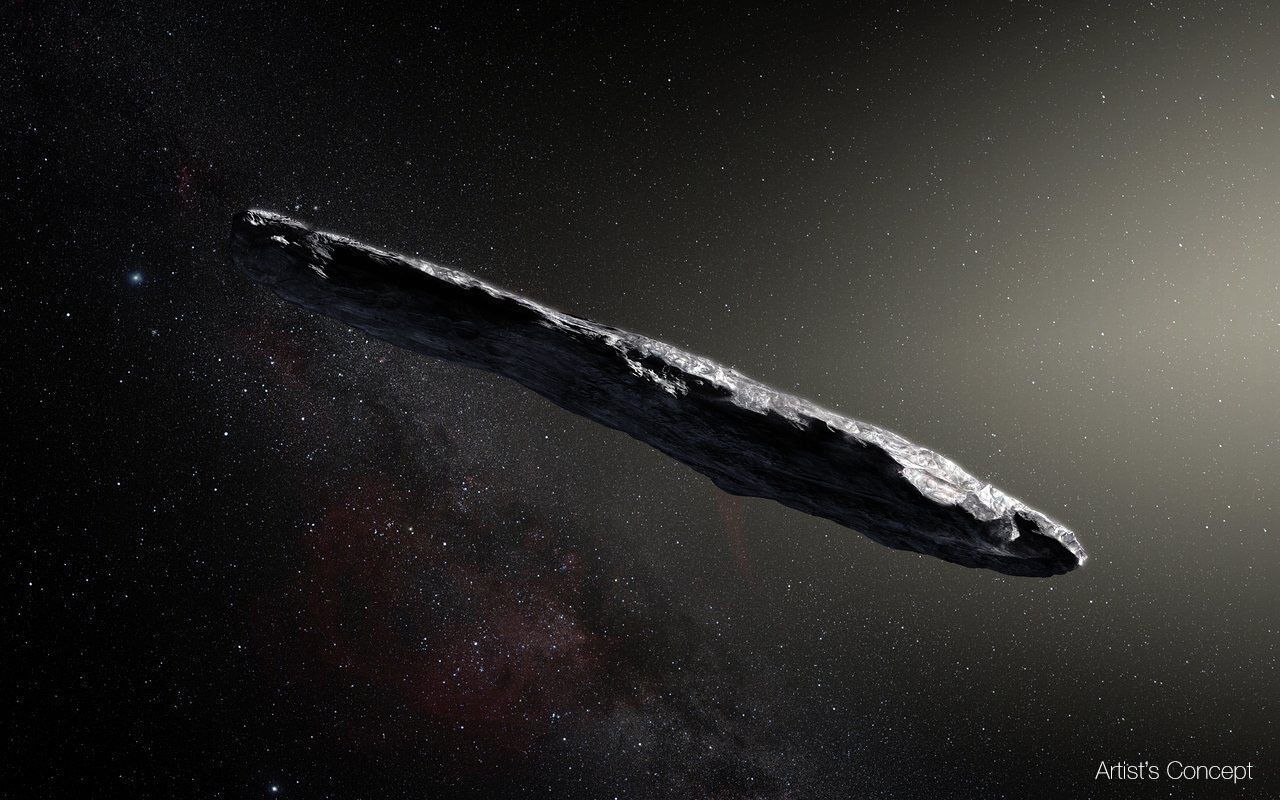Life
A Harvard physicist has discovered fragments of an alien "spaceship" in the Pacific Ocean, but not everyone agrees with him
Physicist from Harvard University in the United States Avi Loeb raised from the bottom of the Pacific Ocean 50 tiny spherical iron fragments, which, in his opinion, may be the material of an interstellar alien spaceship.
Loeb's theory was described in an article for The Conversation by Monica Grady, professor of planetary and space sciences at the Open University (UK). The scientist broke down what his claims are based on and how true they are.
In January 2014, astronomers recorded a fireball entering the Earth's atmosphere. The meteor was unusual in that it traveled faster than most meteors and eventually broke up over the South Pacific Ocean near Papua New Guinea.
Data on CNEOS object 20140108 (also known as IM1) is stored at NASA's Center for Near-Earth Object Studies.
This particular meteorite, Loeb believes, was not just a space rock, but an object created by an alien intelligence. And such an object is not the first.
CNEOS 20140108 is an interstellar object. That means it originates from somewhere outside our system. The same goes for the cigar-shaped comet Oumuamua, observed in 2017 as it passed through our solar system. This object has been recorded by many scientists, but it was Loeb who outlined the theory that Oumuamua may be artificial rather than natural in origin - the product of an alien civilization.
At that time, he also proposed to continue the search for interstellar objects in the solar system. Exploring the CNEOS database, he found IM1. By modeling the trajectory of the fireball, Loeb identified a specific area in the South Pacific where he thought the debris of IM1 should have settled. After dredging the area with a powerful magnet, he claims to have found material from IM1.
The metal spherules found are about half a millimeter in diameter each. It is possible that they are of extraterrestrial origin, because such spherules from space have been found before.
For the first time - in the distant 1972-1976 - the samples were discovered by the team of the expedition "Challenger". As Grady writes, the material recovered from the ocean floor contained many metallic droplets, which at the time were quite accurately described as "cosmic spherules". Space droplets are spherical in shape because they solidify from molten material torn from the surface of meteorites as they pass through the atmosphere.
Subsequently, such spheres were found again, but the development of industry led to increased pollution on Earth, making it difficult to identify the spherulas.
"Today, the products of industrial processes and motor vehicles are everywhere. Consequently, without actually analyzing the composition of the spherulas and comparing with the analysis of meteorites (and ordinary terrestrial pollutants) it is impossible to identify any of them as extraterrestrial, "- says the professor.
Loeb, however, is convinced that the spherulas are not just of cosmic origin, but interstellar. He claims that "this may be the first time humans have ever touched interstellar material."
"That's just not true. We have a lot of interstellar material on Earth. Some of it is almost certainly at the bottom of the ocean, but not in the form that Loeb collected it," Grady emphasizes.
She notes that interstellar material was in the region in which the solar system formed, and that supernova explosions contribute by filling neighboring star systems with alien material. All of this, "eventually comes to Earth in meteorites."
As for speculation that spherulas may not be of natural origin and may be evidence of extraterrestrial life, the scientist calls Loeb's statements "rather shaky."
To know what these spherules are, "you need hard analytical evidence," she says.
"What is their composition? What is their age? Can we rule out terrestrial contaminants? Can we rule out debris of extraterrestrial material from the solar system?" - questioned the professor.
Currently, the only definitive answer is only to the first question: analysis of the spherules shows that they are composed mainly of iron with a small amount of trace elements.
"We know that meteors from our solar system contain iron and nickel, which corresponds to the relative amounts of these metals in the Sun. But spherulas apparently contain 'negligible' amounts of nickel, indicating that they almost certainly do not originate from meteorites in the solar system. This, however, does not prove that they are interstellar - it just raises the possibility that they are terrestrial contaminants," Grady emphasized.
In her opinion, the best evidence for their interstellar origin would be to establish their age, which would turn out to be greater than the age of our Sun.
"And that would be surprising, but would not necessarily determine their artificial rather than natural origin. I'm not sure what evidence would be compelling enough for that - perhaps the autograph of an alien engineer who built a spaceship?" - she wrote.
Earlier OBOZREVATEL also told about Loeb's theory that aliens in the solar system can launch probes to Earth.
Subscribe to OBOZREVATEL's channels on Telegram, Viber and Threads to stay up to date.





























